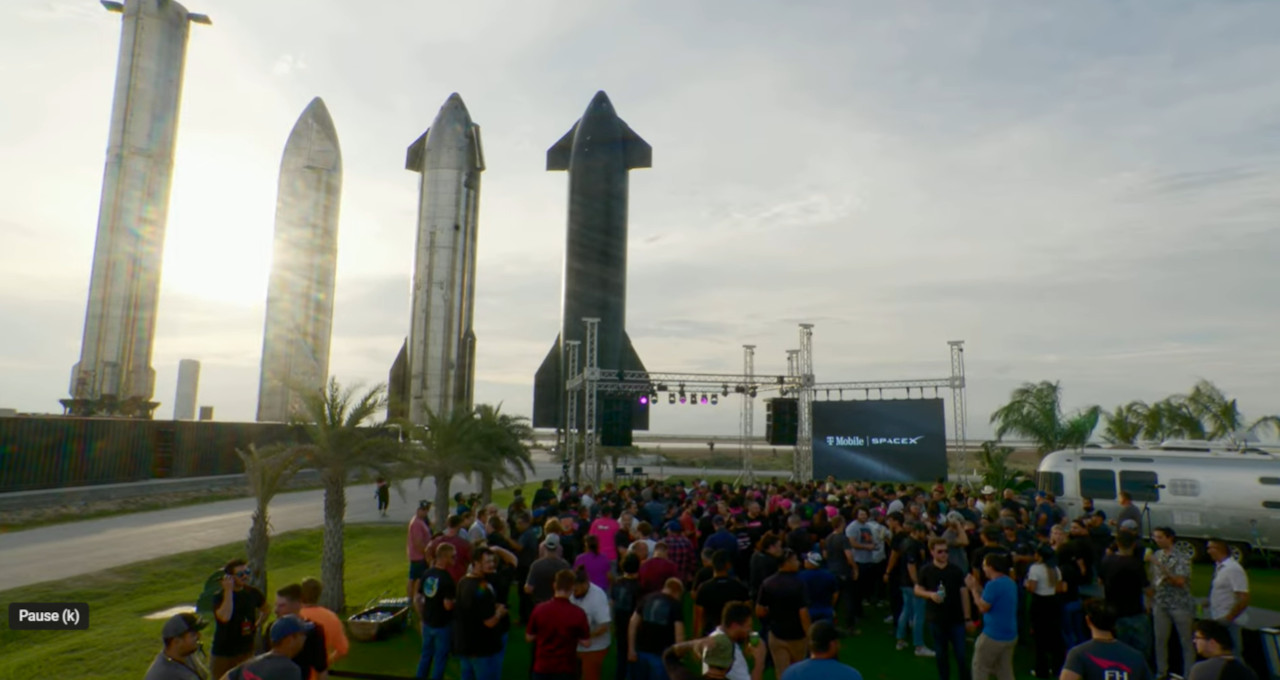Today, Elon Musk, SpaceX’s Chief Engineer, and Mike Sievert, T-Mobile’s CEO, and President, unveiled a groundbreaking plan to achieve universal cellular connectivity.
Despite powerful LTE and 5G terrestrial wireless networks, over 20% of the United States’ land area and a staggering 90% of the Earth’s surface still lack coverage by wireless companies. These areas, known as dead zones, have significant implications for remote communities and those who venture off-grid for work or leisure. Challenges such as land-use restrictions, rugged terrain, and the vast expanse of the globe have hindered traditional cellular technology from bridging these connectivity gaps. People in these areas either face disconnection or must use expensive satellite phones.
To tackle this issue, SpaceX and T-Mobile have joined forces, leveraging SpaceX’s Starlink satellite constellation in low Earth orbit and T-Mobile’s wireless network. They plan to offer text coverage to customers almost everywhere in the continental US, Hawaii, parts of Alaska, Puerto Rico, and territorial waters, even outside T-Mobile’s existing network reach. The service will begin with a beta launch in select areas by the end of next year, following SpaceX’s planned satellite launches. Initially focusing on text messaging, including SMS, MMS, and messaging apps, the collaboration will enable customers to stay connected and share experiences in previously unreachable regions. Subsequently, voice and data coverage will be pursued.
Elon Musk and Mike Sievert also shared their vision for global expansion, inviting carriers worldwide to collaborate in achieving genuinely global connectivity. T-Mobile has committed to offering reciprocal roaming to those providers working with them to fulfill this ambitious vision.
The impact of this service will be immense, enhancing safety, and peace of mind, and opening up new opportunities for individuals and businesses across the globe. The applications span from connecting hikers in national parks and rural communities to enabling remote sensors and devices and supporting emergency situations, such as firefighting operations.
This innovative satellite-to-cellular service will offer nearly complete coverage anywhere a customer can see the sky, ensuring text messaging capabilities and eventually cell phone calls even beyond terrestrial network coverage. Importantly, no modifications, firmware updates, or new apps will be required for customers’ existing cell phones. As a complementary technology to terrestrial networks, SpaceX’s system empowers mobile network operators to connect more people, meet coverage requirements, and explore new business possibilities.

